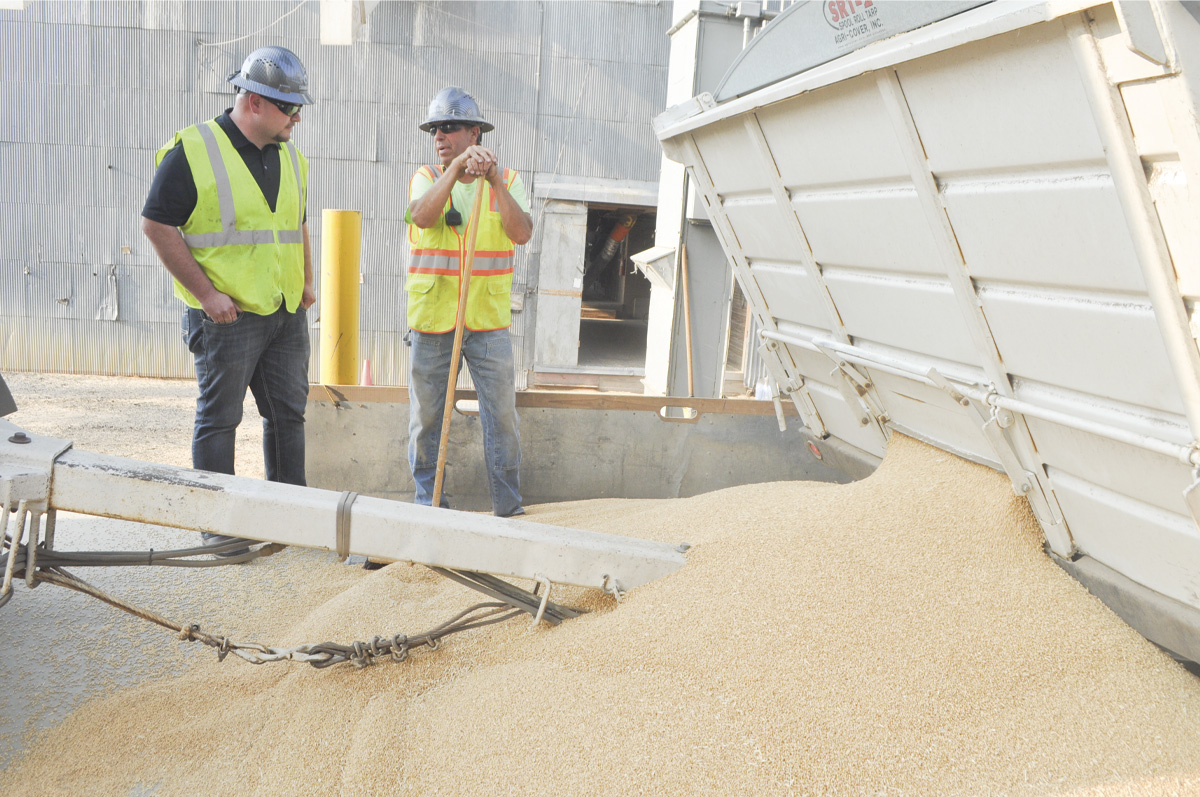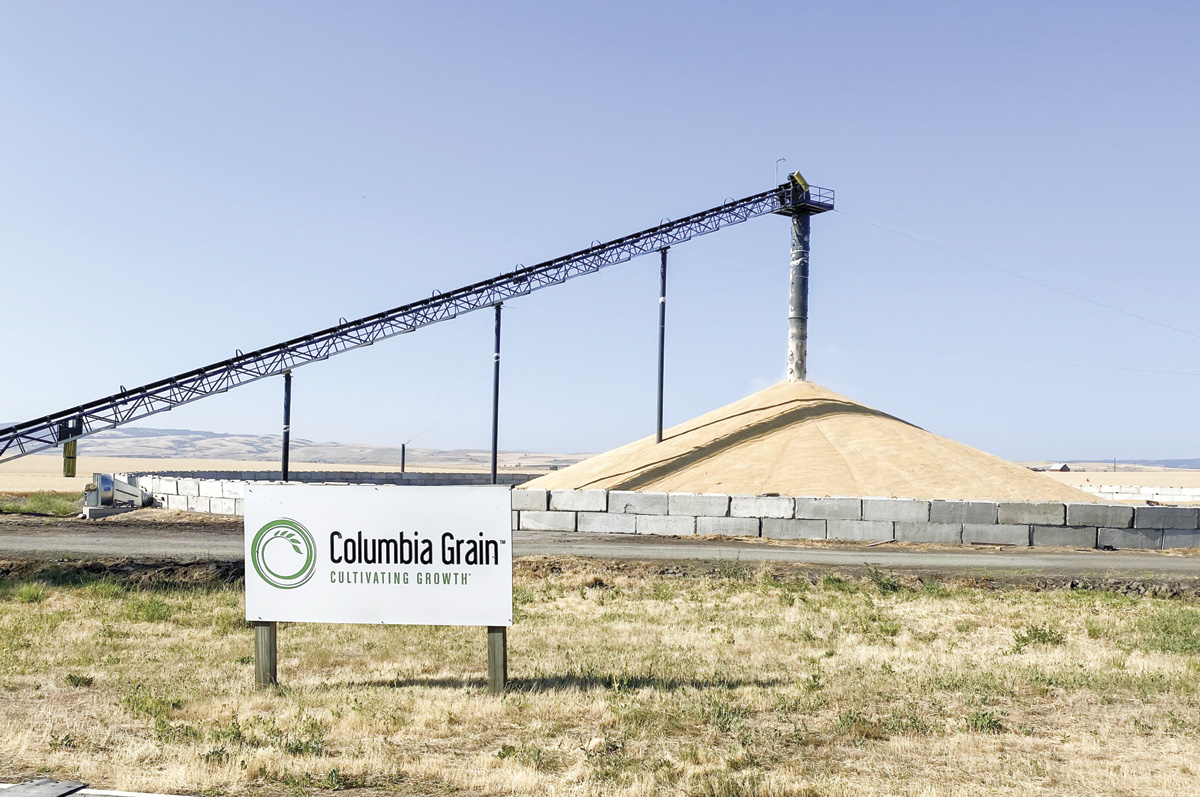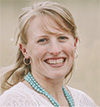This post was originally published on this site
Article Source: FFA students learn and earn through wheat marketing - Ag Proud
“Farmers around here realize they need to support FFA,” says Aaron Forsmann, a senior at Grangeville High School and president of the Grangeville FFA Chapter. “There are not a lot of young people who want to farm.” Aaron is involved in the Columbia Grain Legacy Program, new to Grangeville this year after a successful debut in neighboring Lewis County in 2022.
The premise of the program is simple: During harvest, students solicit bushels of soft white wheat from local farmers who do business with Columbia Grain (CGI). Participating farmers sign off on the donation, and the elevator transfers the bushels to an FFA account set up for the purpose. The students then market the grain throughout the academic year and apply the income toward attending leadership events and programs. In the meantime, CGI representatives make periodic classroom visits to teach students about marketing. Through the process, students learn to watch the markets and gain insight into the way expenses like shipping and storage fees affect the bottom line.
“The kids that generated the bushels get to make the choices [about selling],” says Levi Stone, Grangeville High School ag teacher and FFA adviser, “but the intro to ag class gets to listen to the presentations as well.”
“I kind of want to go listen and see what they’re teaching them and see if there’s something I could add to my program,” laughs Eric Forsmann, local business owner and farmer, and Aaron Forsmann’s father.
While he has taught himself to watch for patterns in the grain markets, Eric is excited for his son’s opportunity to learn about marketing through the Legacy Program. “He may learn better from someone else, and they may do it differently than me,” he says.

South Camas Prairie Manager Brandon Rehder and Grangeville Operations Manager Chad Paluh unload wheat at CGI in Grangeville. Photo by David Rauzi, Idaho County Free Press.
An educational component
Brandon Rehder, CGI’s South Camas Prairie manager, says the program started in response to frequent requests from student groups for financial support. “We wanted to add an education piece to donations,” he says. “This is a way to cultivate our community and involve producers.”
The educational aspect is one of the features that most appeals to Aaron. He says farming makes him feel connected to his grandpa, who passed away when Aaron was young. “I would love to expand [the family operation] and get it big enough to farm full time,” he says. And while his work on the family place has given him experience in some aspects of farming, he has never been the decision-maker on grain sales before. “I’m excited to do it for real life, myself,” he says.
“Like anything, it’ll be a few years to take off,” Eric Forsmann says of the Legacy Program, to which he himself contributed wheat. “I think this year will be successful if the kids have a good time and understand more about marketing.”
He also hopes the experience will help students see a different side of farming, particularly how a successful farmer must master a diverse skill set. “He’s not just out there driving a tractor,” Eric says.
Rehder has even broader goals. “These students are the ag leaders of tomorrow,” he says. “We want to plant the seed and show these kids that outlets are available in ag outside farming. I grew up on a farm, and this is the type of experience I didn’t have.”

Columbia Grain International brought the Legacy Program to schools in north-central Idaho as a way to raise money for FFA, teach students about grain marketing and involve farmers in the process. Photo courtesy of CGI.
Connecting students and producers
Harvest in the Grangeville area began in late July this year, at which time students began making their rounds. If they couldn’t meet with farmers in person, they called them on the phone. “Each picked a producer they were familiar with,” says Rehder. “President Aaron Forsmann has been a key cog driving it so far.”
“He’s outgoing,” explains Eric, of Aaron. “He’s also from the farming community, and he’s not afraid of them.”
By early September, the students had taken in 775 bushels of soft white wheat and donations were still incoming. At that time, Rehder projected the students would likely receive 1,300 to 1,500 bushels total.
Rehder has been pleased to also see underclassmen involvement – critical to the program’s longevity. “I’m firmly confident it will be sustainable,” he says. “I’ve had a lot of feedback – usually after an FFA student visits with a farmer. They’ll call me and ask questions. There’s a lot of support from producers.”
Eric Forsmann is one of those supportive producers. “I want to see this program take off and go,” he says. “I’m really excited about it – but I’m always excited about FFA stuff … when I was in school, there was no FFA. I’d have been all over it if they had had it.”
Funding leadership opportunities
Rehder is hopeful the Legacy Program will continue to expand, linking up with FFA chapters across CGI’s northern tier. The idea may be catching on with other companies, too. “I recently got a call from a grain company outside our draw area, wanting information,” he says.
The Legacy Program appears to be one of those rare fundraisers where students are as excited about the process of earning money as they are about spending it – but the grain sales will certainly help offset the cost of travel to events such as the State Leadership Convention. Rehder says CGI also plans to contribute an additional $1,000 to the FFA program at the end of the school year, perhaps toward the program directly or in the form of a scholarship.
“Given the amazing results we’ve had, I think it’s the best thing since sliced bread,” says Stone. “It’s really awesome to have a partner in the industry that’s willing to make that kind of sacrifice for us, and all the farmers that participated who see value in the program and the kids.”


